C-130 transport aircraft, a "highlight" artifact on display at the Ta Con Airport National Monument, Huong Hoa District, Quang Tri Province - Photo: L.D.D
That news is small but if you are interested in nostalgic tourism - reminiscing in Quang Tri will be extremely excited. Because even though it was a fierce battlefield in the resistance war against America, now the exhibits of this land with "highlights" are almost very rare.
The C-119 aircraft, serial number 53-7850 of the A41/QCPK-KQ Factory, was approved by the Ministry of National Defense to be given to Quang Tri as an exhibit. The province has planned to repair, restore, disassemble, and transport the C-119 aircraft to the Ta Con airport relic, but due to financial difficulties, the aircraft has not been brought back for nearly 10 years. And the Ho Chi Minh City People's Committee promptly helped Quang Tri.
From the aircraft - war relics that had to be supported to the transportation costs, it shows that Quang Tri is not an easy land to exploit for nostalgic tourism, while talking about the nation's tragic war past, Quang Tri is a typical example - this place has too many evidences of the 20-year long resistance war with places such as Hien Luong Bridge - Ben Hai River, Quang Tri Ancient Citadel, Khe Sanh, Road 9, Doc Mieu - Mc.Namara electronic fence, Headquarters of the Provisional Revolutionary Government of the Republic of South Vietnam.
Quang Tri is also a province that concentrates 72 martyr cemeteries, including Truong Son cemetery and Road 9 which are national cemeteries. Not only that, Thach Han River flowing through Quang Tri Ancient Citadel is also considered a cemetery without tombstones when in the summer of 1972, thousands of soldiers fell on the river as a majestic poem says "The bottom of the river is still there, my friend lies". Quang Tri has many sacred places like that and people all over the country often visit and pay their gratitude.
When blood and bones create... relics!
Situated between the brotherly provinces of the Central strip of land, each place is full of pride in its world cultural and natural heritages. Hue with its splendid golden ancient capital complex, Quang Nam with the ancient town of Hoi An and My Son sanctuary, Quang Binh with the Phong Nha-Ke Bang nature reserve.
If the other world heritages are created by nature (Phong Nha-Ke Bang), by unique cultural values preserved over centuries (Hoi An, My Son), or the wonderful blend of nature and culture (Hue), Quang Tri is the largest war museum, the most complete model of the most fierce war of the 20th century, obtained from the blood and bones of those who fell.
However, up to now, exactly 50 years after the day of peace, but only in the first 15 years (1975-1990) the traces of war in this land were gradually erased in the hard life of the people.
Large military bases such as Khe Sanh, Carol, Lang Vay, Doc Mieu, Mc.Namara electronic fence system, Ai Tu airport, Ta Con... were all leveled by the scrap metal hunt. Iron plates for fortifications, aluminum alloy runways for aircraft, and the remains of tanks and vehicles... were converted by the people into food during the difficult years after the peace.
Over the past two decades, the number of veteran tourists coming to Quang Tri has increased. When life was not so difficult, traveling to the lands where people lived and fought, returning to light an incense stick for friends and comrades who are still lying there, to relive memories, to contemplate and think... Tourists are not only revolutionary soldiers but also soldiers on the other side of the battle line, especially a large number of tourists are American veterans who fought on the Vietnam battlefield.
Traveling back to the old battlefield has a very familiar brand to international visitors, the DMZ tour (The Demilitarized Zone tour). However, for many years now, this tour has not had anything new compared to when it was first launched, the organization is still very sketchy. Because with a number of relics like Quang Tri (according to statistics from the Management Board of Monuments and Landscapes of Quang Tri, there are currently about 500 relics in the area, of which revolutionary historical relics account for 80% of the number of relics), a DMZ tour that only takes... one day is just a matter of riding a horse to see the flowers.
But the most important thing is that most of the visitors to this tour must have a very rich imagination because the "peak" relics have almost been completely erased, so the only way left is to listen to the tour guide's introduction, look at some documentary images and try to imagine! In recent years, the Department of Culture, Sports and Tourism and the Management Board of Monuments and Landscapes of Quang Tri have made many efforts to reduce the... imagination of visitors, but still cannot meet their needs.
For example, Ta Con airport - the stronghold of the US in the North Khe Sanh area, which previously had only a few documentary images, now has a relatively complete exhibition house. In the premises of this relic, visitors are also excited to see a few planes, some cannons and tanks, and some fortifications restored, but compared to the preserved documentary images, these artifacts are only at the "symbolic" level, not enough to convince visitors to imagine a Khe Sanh base that was once considered the "Dien Bien Phu" of the war against the US.
Relics and exhibits - A difficult problem
These efforts in the tourism conditions of a poor province like Quang Tri are very commendable, but it is also impossible not to see that if we stick to such simple images, it will be difficult to attract a large number of tourists to Quang Tri. We need a more practical and long-term investment in the revolutionary historical relics of this land. Because this is the preservation and conservation of history, a way to educate about history and tradition, not just tourism.
Since 1995, the agencies related to the military system of the DMZ have discussed many times to restore a section of the Mc.Namara electronic fence, but after exactly 30 years, this project is still on paper! The Rockpile base is very famous, but visitors can only stand on Highway 9, look up to the top of the mountain in the direction of the tour guide's hand and listen to... the story.
If the target tourists are veterans (from both sides), can this number of visitors be long-term, sustainable and large forever? Because at some point, the generations attached to the memories of the war will gradually decrease and disappear, so how can the revolutionary historical relics in Quang Tri still retain their value and still have a high attraction for new generations and new audiences?
Recently, Tien Phong newspaper was organizing the 66th traditional Marathon in Quang Tri named “The Triumphant Song”. More than 7,000 athletes came here not only to participate in this traditional race but also to take this opportunity to learn more about the sacred land. And it is impossible not to feel guilty when the Quang Tri relics are very famous in history but now there are not enough artifacts in those relics to illustrate the glorious pages of history!
Once when I took my friends to visit Quang Tri, I compared it to: It is like a family with talented children who can fly far to the horizons. But that family always has a poor but kind, hard-working but filial child who will live under a poor thatched roof, taking care of the incense burner and bowl of water, knowing how to burn incense and pray for the souls of the deceased.
Quang Tri, to some extent, is also that poor but kind child, preserving and looking after the incense for tens of thousands of soldiers’ souls – the children of the Vietnamese mother who died along the journey to defend the country. But could it be that that child will forever only carry the mission of being poor but kind?
An Du
Source: https://baoquangtri.vn/tran-tro-cung-di-tich-194468.htm


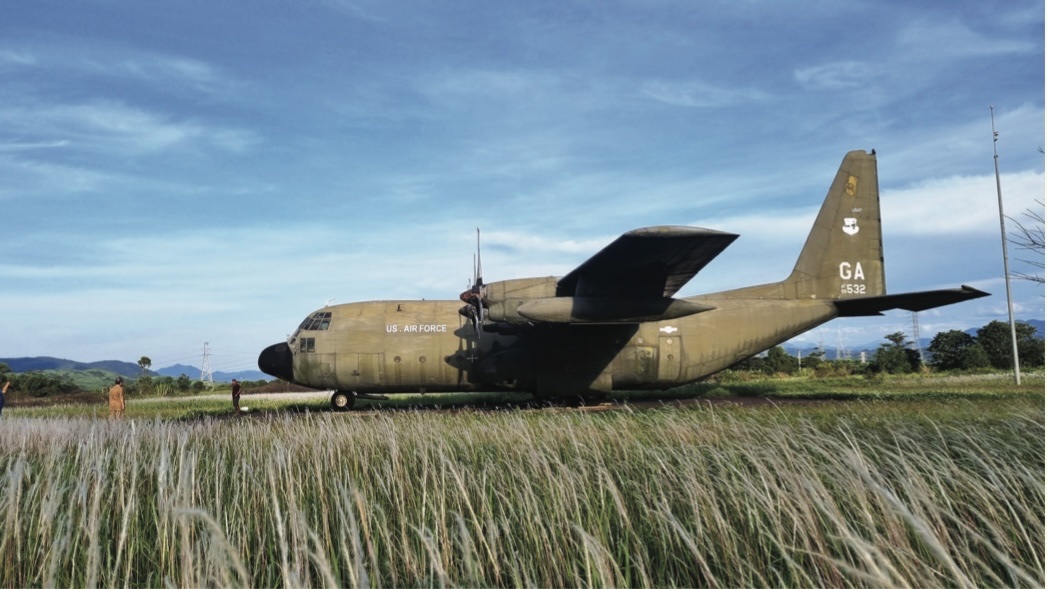








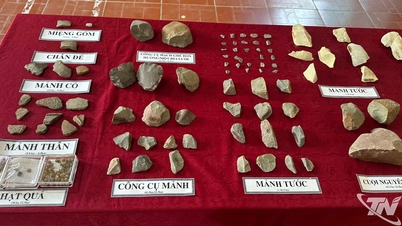



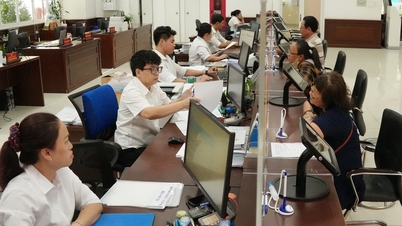

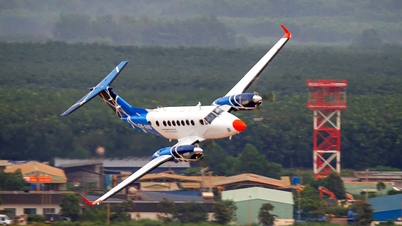









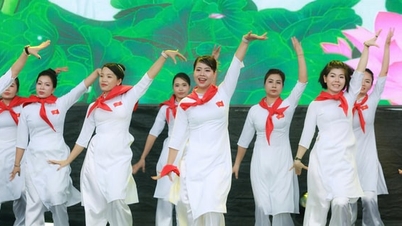
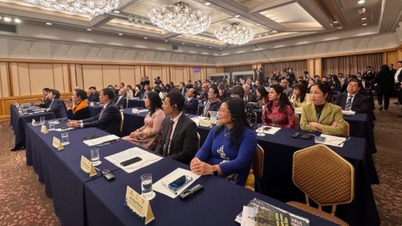






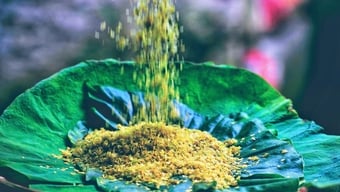



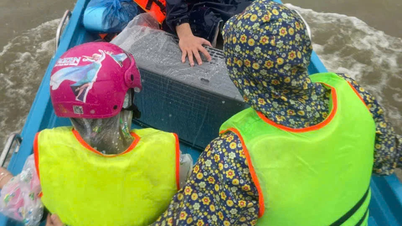
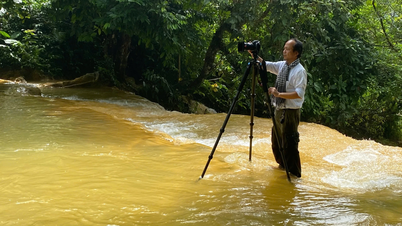
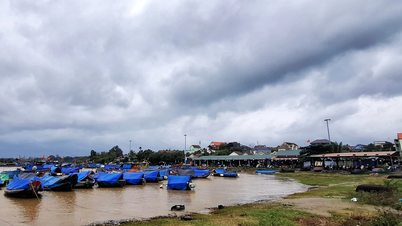
















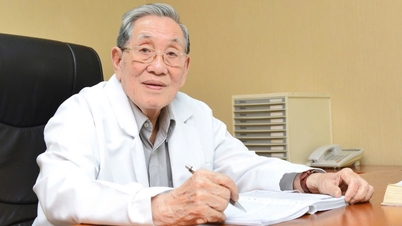








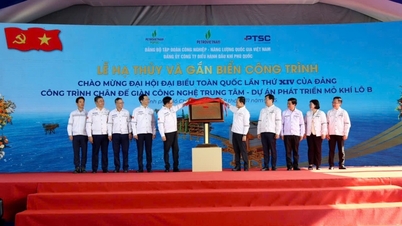















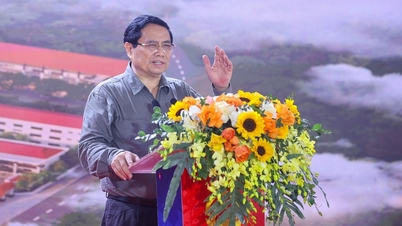



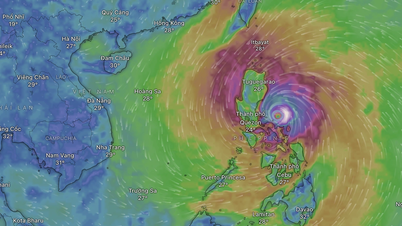




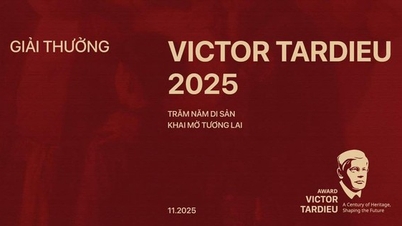



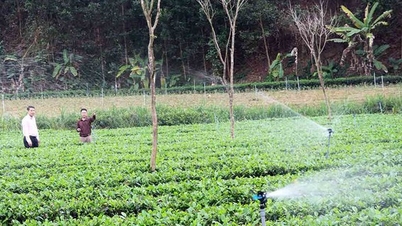









![Dong Nai OCOP transition: [Part 2] Opening new distribution channel](https://vphoto.vietnam.vn/thumb/402x226/vietnam/resource/IMAGE/2025/11/09/1762655780766_4613-anh-1_20240803100041-nongnghiep-154608.jpeg)









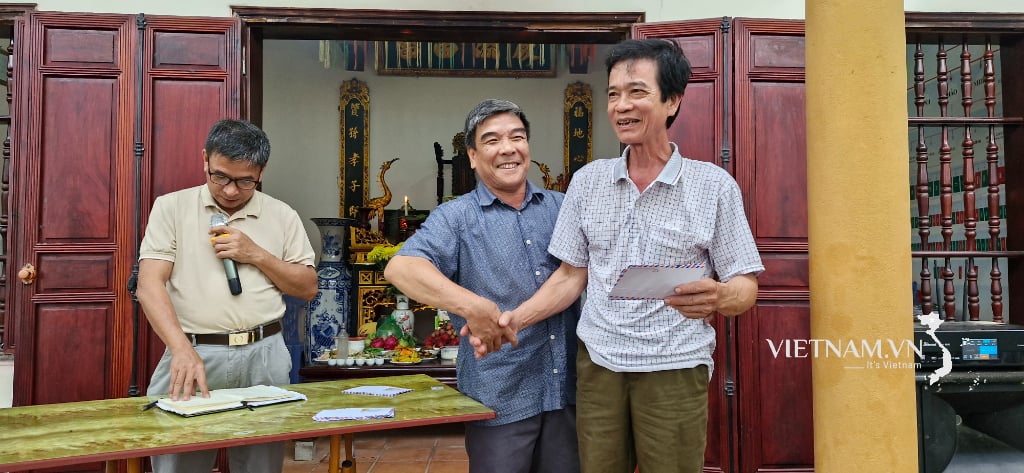


Comment (0)